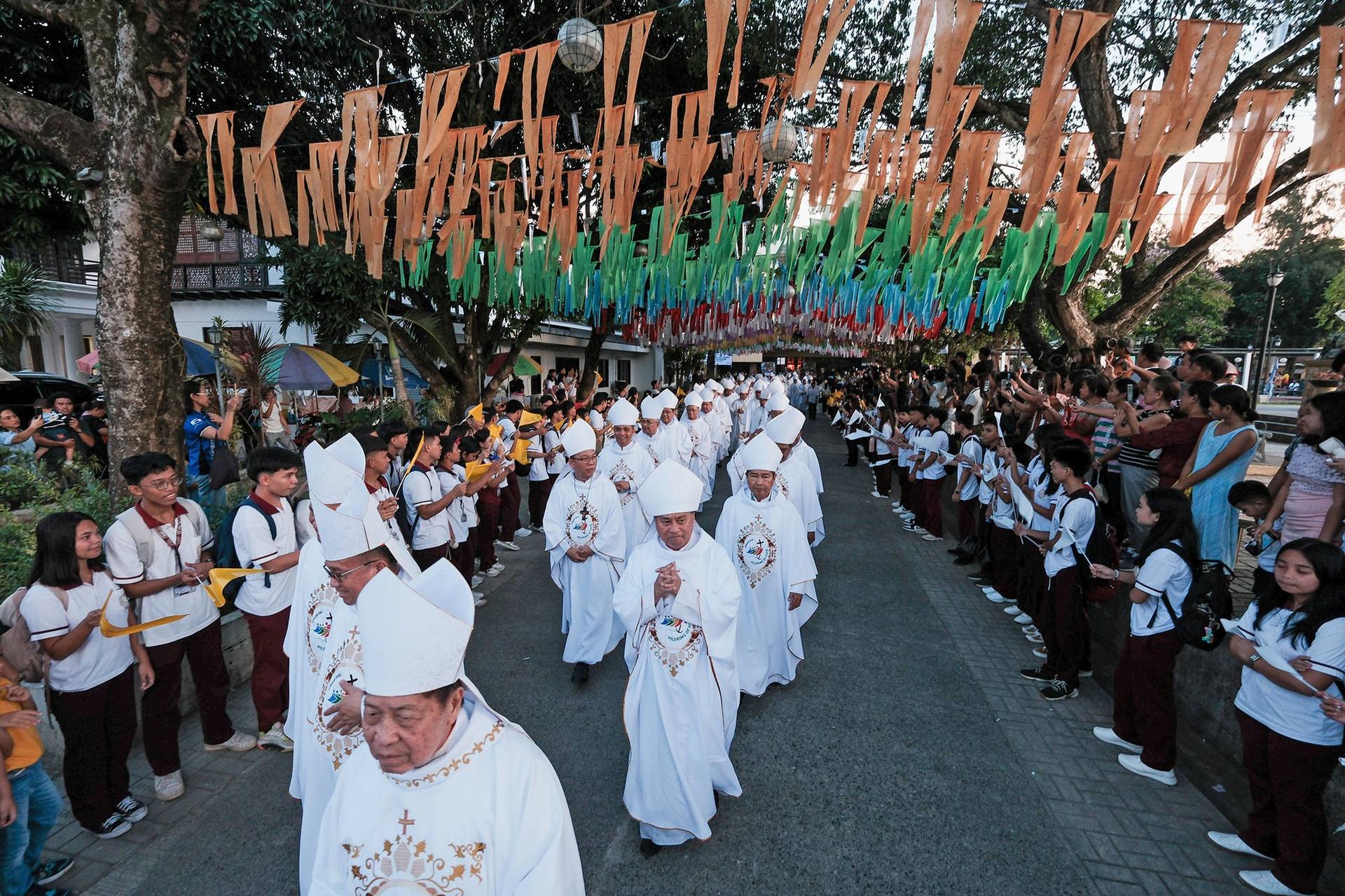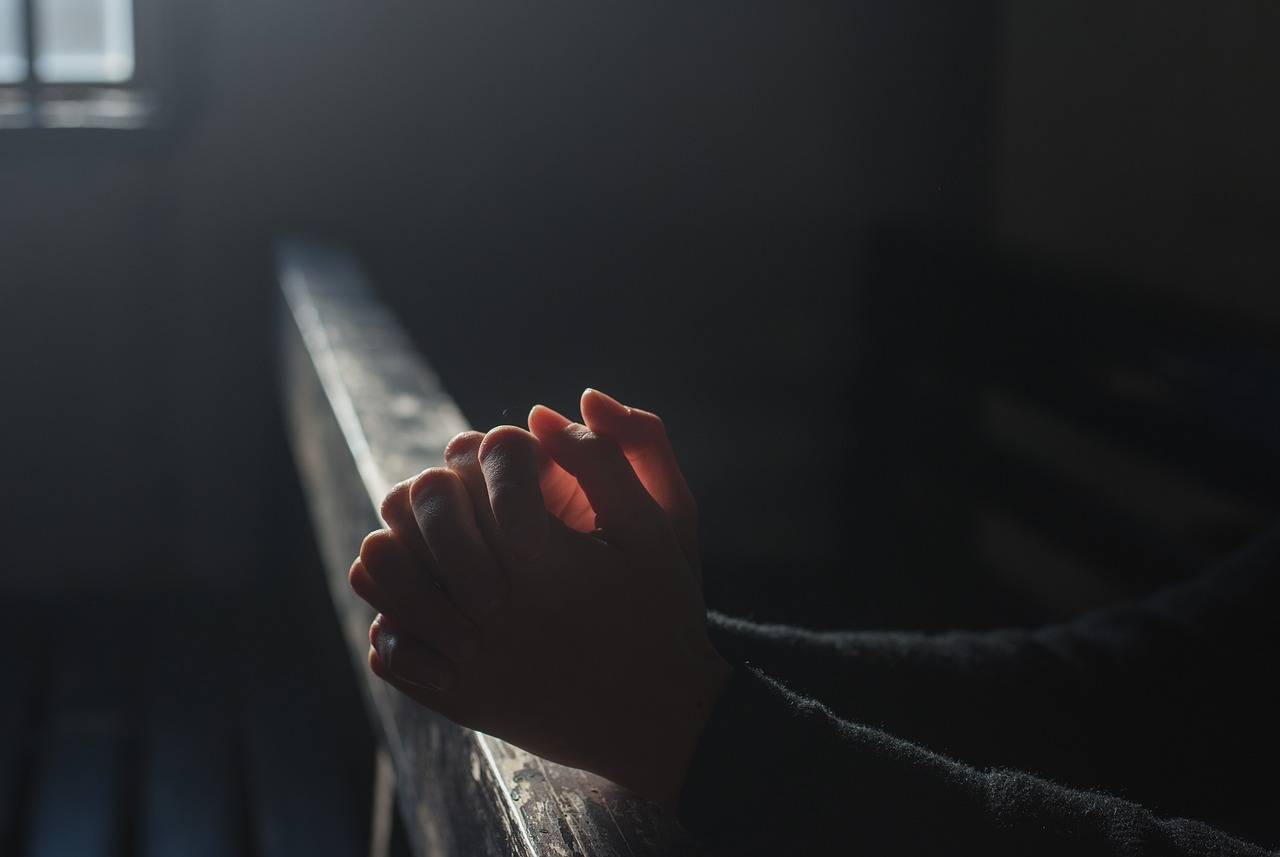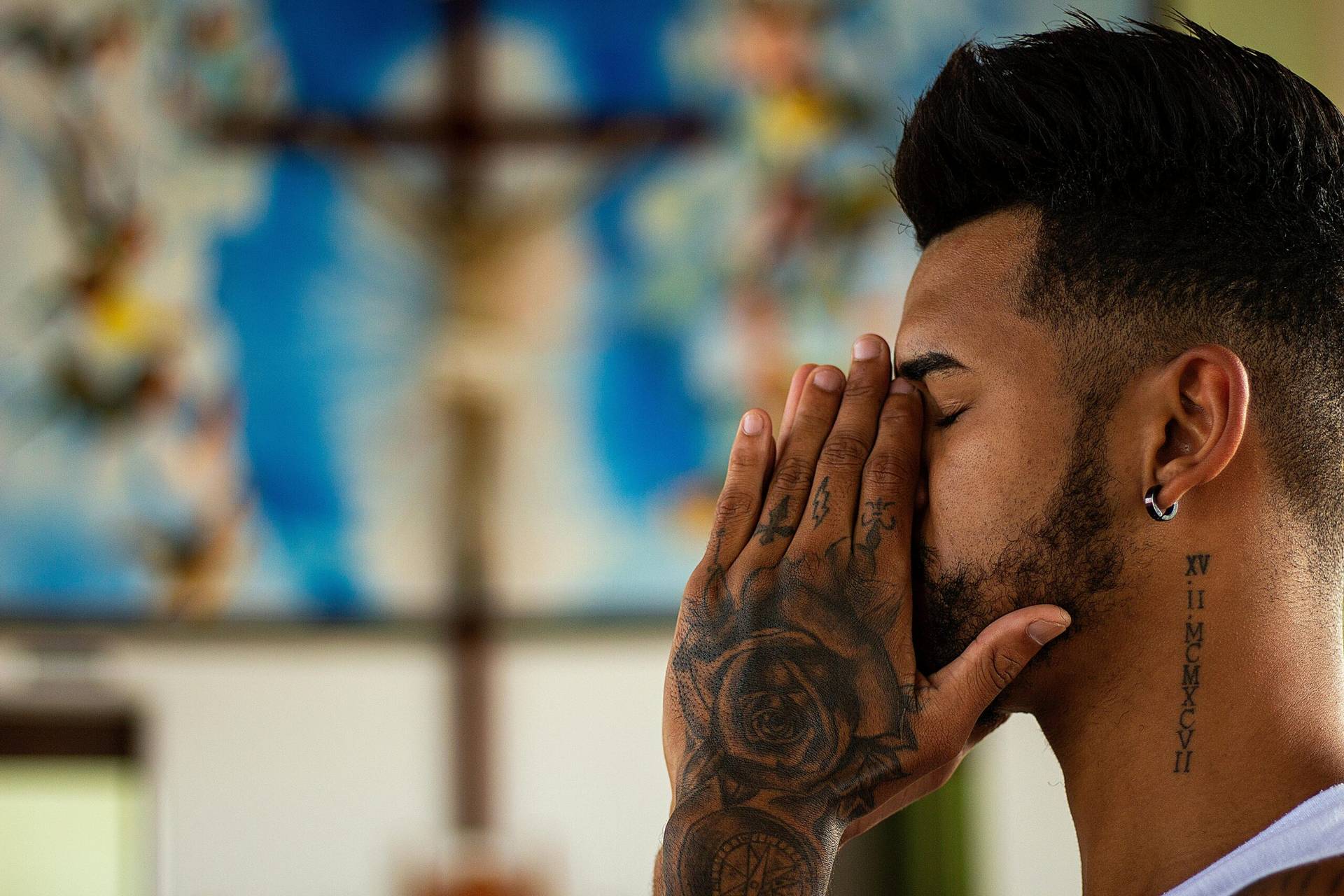Currently, the National Football League is embroiled in an escalating debate over players kneeling during the playing of the Star-Spangled Banner before games. A lot of attention has been given to the actions and possible intentions of these respective players.
In this arena, however, there is one important religious aspect that has been completely overlooked, namely, the posture of kneeling itself. This sacred action merits some consideration, and some explanation about it might help to shine additional light on the current argument.
Professional football players are describing their kneeling in terms of protest against racism and police brutality. Kneeling during the National Anthem began in 2016, when then-San Francisco 49ers quarterback Colin Kaepernick knelt during a preseason game.
Later he described his actions in an interview: “I am not going to stand up to show pride in a flag for a country that oppresses black people and people of color. To me, this is bigger than football and it would be selfish on my part to look the other way. There are bodies in the street and people getting paid leave and getting away with murder.”
The action spread among players, and grew in intensity when it was publicly criticized by President Donald Trump during a rally in Huntsville, Alabama.
The president represented a different perspective on the players kneeling during the Star-Spangled Banner. This view saw the kneeling as disrespectful to the flag, and to the principles that preserve the union of the United States. By extension, it’s argued that kneeling during the National Anthem is offensive to the military, veterans, and those who have died in defense of our country.
These different perspectives have received an abundance of press, profuse commentary, critique and an array of emotional reactions. In the whirlwind, it’s perhaps understandable that one obvious observation has been overlooked, namely, the significance of the very act of kneeling itself.
Beyond the politics, it’s worth asking: What does it mean when we kneel? What’s the significance of this action?
Biblically, kneeling is an act of trust in the one to whom we are kneeling. It’s a sign of profound homage and vulnerability. The Scriptures tell us of God’s people kneeling during the consecration of the Temple in Jerusalm: “All the sons of Israel, seeing the fire come down and the glory of the LORD upon the house, bowed down on the pavement with their faces to the ground, and they worshiped and gave praise to the LORD, saying, ‘Truly He is good, truly His loving kindness is everlasting’.”
King Solomon likewise knelt and lifted his hands to God when the Ark of the Covenant was brought into the Temple.
The prophets are shown constantly kneeling before God. We’re told that Daniel, “kneeling on his knees three times a day,” prayed and gave thanks before his God.
Specifically, within the Christian tradition, the Scriptures recount many people kneeling before Jesus, and the Lord himself kneeling before the Father during his sufferings in the Garden of Gethsemane.
Through these examples, it becomes clear that kneeling is a particularly religious act. Even in various cultural traditions of the West, when a person is knelt to, it normally reflects a view that the respective person holds a supernatural office or has been the recipient of some type of divine favor. The kneeling posture is a spiritual act, and it should be guarded and esteemed as an expression of reverence toward God (or his representatives).
Historically, therefore, a posture of protest would be expressed by sitting or turning one’s back to the object or person of focus. Such an action clearly demonstrates opposition, and is more consistent with disagreement and dissension.
Meanwhile, kneeling has been reserved to the realm of the spirit and has been associated with submission and surrender to something supernaturally higher than ourselves. And so again, kneeling is atypical as an act of defiance or protest.
In the parley involving the NFL, therefore, it’s worth stressing and preserving the sacred action of kneeling, working to keep it away from politics. There are better, and more appropriate, gestures to express protest and civil disobedience.

















